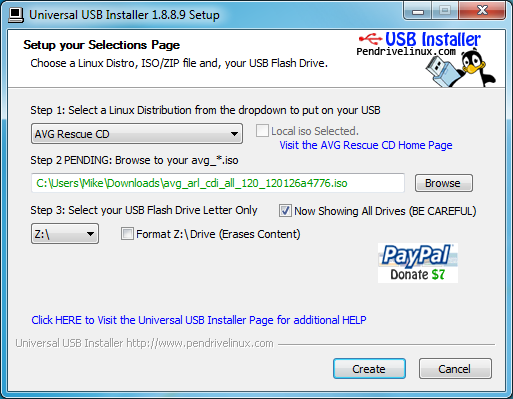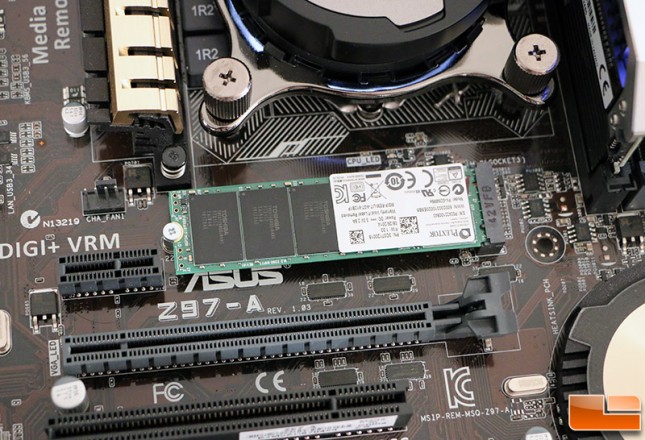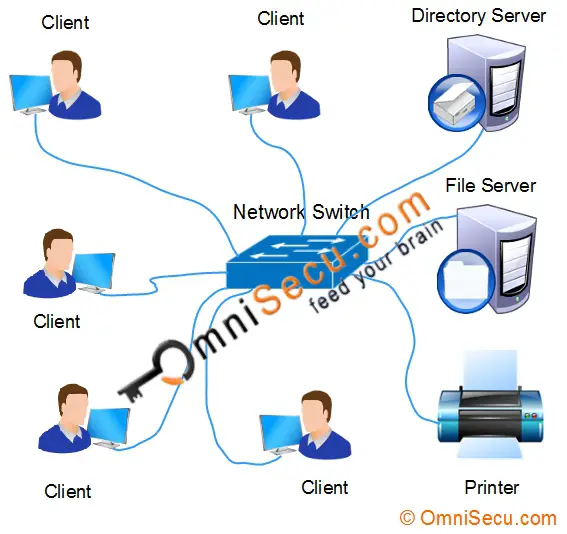Development of the operating system and supporting programs is headed by the Fedora Project, which is composed of a community of developers and volunteers, and also Red Hat employees. [52 The Council is the toplevel community leadership and governance body. Fedora (formerly Fedora Core) is a Unixlike operating system based on the Linux kernel and GNU programs (a Linux distribution), developed by the communitysupported Fedora Project and sponsored by the Red Hat company. By downloading Fedora software, you acknowledge that you understand all of the following: Fedora software and technical information may be subject to the U. Export Administration Regulations (the EAR) and other U. and foreign laws and may not This chapter lists system requirements for successfully running virtualization with Fedora. Virtualization is available for Fedora. 6GB plus the required disk space recommended by the guest operating system per guest. For most operating systems more than 6GB of disk space is recommended. Red Hat is the worlds leading provider of open source solutions, including reliable, highperforming cloud, virtualization, storage, Linux, mobile, management, and middleware technologies. We also offer awardwinning support, training, and consulting services. Just like Windows XP, Windows 7, Windows 8, and Mac OS X, Linux is an operating system. An operating system is software that manages all of the hardware resources associated with your desktop or laptop. The kernel, in turn, initializes the rest of the operating system. GRUB 2 has replaced what was formerly known as GRUB (i. 9x), which has, in turn, become GRUB Legacy. Starting with Fedora 16, GRUB 2 is the default bootloader on x86 BIOS systems. Sugar on a Stick is a Fedorabased operating system featuring the awardwinning Sugar Learning Platform and designed to fit on an ordinary USB thumbdrive (stick). Sugar sets aside the traditional officedesktop metaphor, presenting a childfriendly graphical environment. Fedora Desktop Edition (32bit) is a Linuxbased operating system that showcases the latest in free and open source software. Fedora is always free for anyone to use, modify, and distribute. Fedora (operating system) Fedora (formerly Fedora Core ) is an operating system based on the Linux kernel, developed by the communitysupported Fedora Project and sponsored by Red Hat. Fedora contains software distributed under a free and open source license and aims to be on the leading edge of such technologies. Establishing a minimum system level is difficult. Fedora isn't one single piece of software, or even just an operating system. Any given set of users could use Fedora in vastly different ways, and therefore have different hardware requirements to achieve an acceptable performance level. Fedora is an open source Linux distribution based on and sponsored by Red Hat. It is a consumer operating system distributed in different editions. Being based on Red Hat Linux, the distro uses the RPM package manager to install, update and remove packages. Fedora Workstation is a polished, easy to use operating system for laptop and desktop computers, with a complete set of tools for developers and makers of all kinds. Fedora Server is a powerful, flexible operating system that includes the best and latest datacenter technologies. By the time Windows 1995 launched, Windows had evolved into its own operating system, making use of a 16bit DOSbased kernel and a 32bit user space to make for a more robust user experience. Many system administrators would prefer to use an automated installation method to install Fedora on their machines Using kickstart, a system administrator can create a single file containing the answers to all the questions that would normally be asked during a typical installation Use entire drive The entire disk drive will be assigned to the Fedora operating system installation. Any preexisting partitions, together with any existing operating systems and associated data files contained therein will be deleted to make room for Fedora. (formerly Fedora Core) is an operating system based on the Linux kernel, developed by the communitysupported Fedora Project and sponsored by Red Hat. Fedora contains software distributed under a free and opensource license. Guides, information, and news about the Fedora operating system for users, developers, system administrators, and community members. Linux is a Unixlike operating system, and there are other opensource operating systems like FreeBSD out there. FreeBSD uses a different kernel, but it uses much of the same software youd find on a typical Linux distributions. Fedora is a Linuxbased operating system that provides users with access to the latest free and open source software, in a stable, secure and easy to manage form. Fedora is the largest of many free software creations of the Fedora Project. English: Fedora is a RPM based GNULinux distribution developed by the Fedora project and supported by Red Hat. At the Fedora Project, we strive to provide an operating system with the latest, best features that's usable by everyone. Our millions of users agree that we've got what it takes. Everyone from schoolchildren to housewives to students to scientists are using Fedora all over the world to compute with stability and security. Fedora Linux Computer Operating System. 2, 859 likes 2 talking about this. Not only is Fedora 19 Linux a free operating system but it is the most Download Linux operating system ISO (32bit, 64bit) for PC, dual boot it along with Windows OS, and embrace the next generation gaming, browsing, data security, and office productivity by experiencing an improved performance in an unmatched ambiance. Loading operating system Missing operating system. I checked that the 512MB bootefi partition was indeed bootable and had some sensible contents and both seemed to be the case. Linux users won't likely care about that, however, as today there is an arguably more important operating system release Fedora 28. Yes, following an official Beta release. A bootable Fedora USB drive A computer with a minimum of 1 GHz or faster processor, 1 Gigabyte of RAM and 10 gigabytes of hard disk space The process takes about 30 minutes. Before you begin backup your current operating system. Click here for Linux backup solutions. The Bastille Hardening program locks down an operating system, configuring the system for increased security. It currently supports Red Hat, Fedora Core, Red Hat Enterprise, SuSE, SuSE Enterprise, Mandrake, Debian, and Gentoo, HPUX, and Apple's Mac OS X. Fedora is another popular Linuxbased operating system, which is arguably the best open source OS after Ubuntu. Fedora OS is a general purpose OS that is RPMbased, supported by Red Hat and designed by the Fedora Project community. If your computer is configured to dualboot Fedora and another operating system, removing Fedora without removing the partitions containing the other operating system and its data is more complicated. Fedora is a popular open source Linuxbased operating system. Fedora is designed as a secure, general purpose operating system. The operating system is developed on a sixmonth release cycle, under the auspices of the Fedora Project. Fedora is the best overall Linuxbased desktop operating system Linus Torvalds famously uses it regularly. Today, version 28 of the distribution finally achieves Beta status. Fedora is a 100 free Linuxbased operating system that your run as a standalone OS or alongside your existing operation system. Whether you are running Windows or MacOS X, Fedora is stable and will seamlessly install and run smoothly without affecting your current OS. com is the central resource for open source software information, best practices, howto's and Linux software resources. com is the central resource for open source software information, best practices, howto's and Linux software resources. Fedora Core 1 was the first version of Fedora and was released on November 6, 2003, and was codenamed Yarrow. Fedora Core 1 was based on Red Hat Linux 9 and shipped with version of the Linux kernel, version 2. 4 of the GNOME desktop environment. Fedora is a Linuxbased operating system, which was created in 2003 along with Red Hat Enterprise Linux, the latter being the next official Linux distribution after Red Hat Linux was discontinued. There is a connection between these two Linux distributions. In open source operating systems the developers get more freedom in modifying and optimising the system for maximum performance boost. Secondly you can configure up to your need. The most important thing is that Linux download is totally free. Ubuntu is an open source software operating system that runs from the desktop, to the cloud, to all your internet connected things. At any point in time, the latest Fedora platform shows the future direction of the operating system as it is experienced by everyone from the home desktop user to the enterprise business customer. Our rapid release cycle is a major enabling factor in our ability to innovate. Guides, information, and news about the Fedora operating system for users, developers, system administrators, and community members. Media in category Fedora (operating system) The following 89 files are in this category, out of 89 total. Fedora 28 Linuxbased operating system released Description Fedora 28 is the new version of the Linux distribution and it is available as a Workstation, Server and Atomic Host release that introduces new features such as Thunderbolt 3 support, thirdparty repository support, and includes an. Fedora operating system is known for its first boot in the offline world. Turning on a PC running Fedora to a GNOME login screen in less than 20 seconds is possible; only achieved in a few operating systems. Fedora is a Linux based operating system which has been developed by team Fedora. It gives a group of software and operating system which can substitute or run alongside other operating system like Linux, Windows or Mac. Linux ( l n k s ( listen) LINks) is a family of free and opensource software operating systems built around the Linux kernel. Typically, Linux is packaged in a form known as a Linux distribution (or distro for short) for both desktop and server use. The defining component of a Linux distribution is the Linux kernel, an operating system kernel first released on September 17, 1991.











